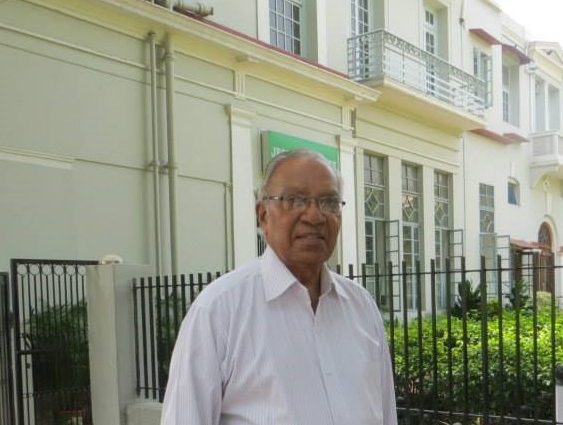By Thomas V Kunnunkal
New Delhi, March 2, 2024: The world we inhabit is a truly remarkable creation, brimming with complexity and diversity that is both unique and interconnected. Despite its magnificence, we have only scratched the surface of understanding the intricate workings of our world, with countless complex actions occurring continually without pause for repair or maintenance.
Yet, amidst this grandeur, the human being remains the most complex and wondrous miracle of creation, with over a trillion cells functioning in perfect harmony.
However, when faced with the great mission of building a new world, some rose to the challenge while others did not. For centuries, human potential lay undiscovered and undeveloped, until the dawn of the Industrial Revolution brought about a breakthrough that would change the course of human history.
First Industrial Revolution 1765
It came about with the discovery of steam power. With it, you could move very large and heavy materials long distances. You could also transport hundreds of people long distances.
The next revolution came with the discovery of electricity.
Second Industrial Revolution 1870
Also known as the Technological Revolution. It resulted from the installation of extensive railroad and telegraph networks, which allowed for faster transfer of people and ideas. Electricity and increased electrification allowed factories to develop the modern production line. It also caused a surge in unemployment since many factory workers were replaced by machines.
Third Industrial Revolution 1969
Then came the Third Industrial Revolution, also known as the Digital Revolution, which occurred in the late 20th century, after the end of the two world wars. The significant development in communication technologies was the computer, with its extensive use in the production process. Machinery began to abrogate the need for human power.
Fourth Industrial Revolution (current)
In it, there is a greater use of automation and data exchange in manufacturing technologies and processes which include cyber-physical systems (CPS), cloud computing, cognitive computing, and Artificial Intelligence (AI). AI enables many new applications making possible what was considered earlier clearly impossible. The fourth industrial revolution marks the beginning of the Imagination Age.
The Spiritual Age
Have we reached the human summit of development of impossibilities becoming possible? Certainly not. We have a mortal body and an immortal spirit. That enables us to enter into the final and most amazing Spiritual Age.
The moment you mention spirituality, many think of linking it with one or more of the established religions. But in the new spiritual age, no such linkage is made, even though it may get much inspiration from them.
The concept of spirituality needs much more exploration and explanation to make it become the final revolutionary stage. Many of the present restrictions that curtail freedom will then be removed and a large and free open space made available. Many more miracles converting the impossible to possible will take place. Does this mean the abolition of religion? No.
The concept of spirituality requires much clarification and elucidation. I am giving only a few brief comments as keystone actions. Many good people in the world are also rich and are willing to invest their money in worthwhile projects.
Peter Diamandis and Steven Kotler have a project called Abundance that would provide wellness of life to all the seven-plus billion people of the world – providing energy, education, healthcare, and freedom to all in a few decades. To give an example of a secular and spiritual project.
Another project: doing a good action for no other reason than that it is a good act. Example. A man walking home goes through a dark patch. A youngster puts a knife on him and asks for the purse. The purse is given. Then he takes his coat out, gives it to him saying, “It is cold. You will need the coat if you will spend the time here.”
He took the coat and wears it. “Are you hungry?” he asks. “Yes,” he says. They go to the nearby restaurant. At the end of the meal, he says, “I’d love to pay for your meal, but you have my purse.” The purse is slipped back to him. “Can I ask for one more thing? You give me your knife.” He slips the knife also across to him.
For many, many years architects and engineers struggled to find a way to build an arch but failed. Finally, they found the keystone: a wedge-shaped stone at the center. Similarly, the Spiritual Age looks for a keystone action that will transform the present conditions. Connect is a keystone action that will bring such a transformation in the homes, in institutions like schools or religious communities, and public life.
Through Secular-Spiritual practices, introduce the Spiritual Age, bringing wellness, peace, and joy of life to all.
(Jesuit Father Thomas V Kunnunkal is a former chairman of the Central Board of Secondary Education, a former director of the Indian Social Institute, New Delhi, and the president of the Islamic Studies Association, a non-governmental organization promoting religious harmony. He was a recipient of Padma Shri, the fourth highest Indian civilian award in 1974.
The 97-year-old educationist was the consultant to the Ministry of Human Resource Development for the turn-key project to establish the National Open School, New Delhi. He was the first chairman of the institution during 1989-1992. He now leads a retired life at St Xavier’s School, Delhi.)











